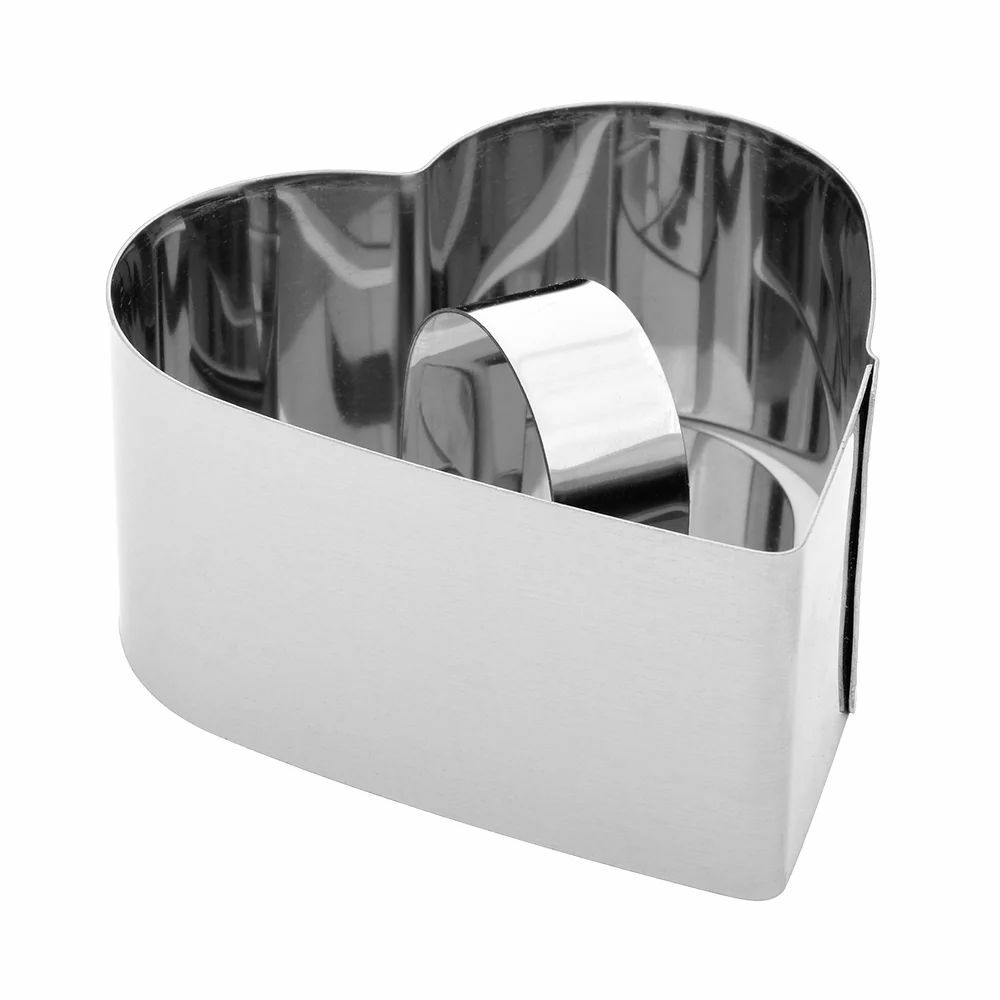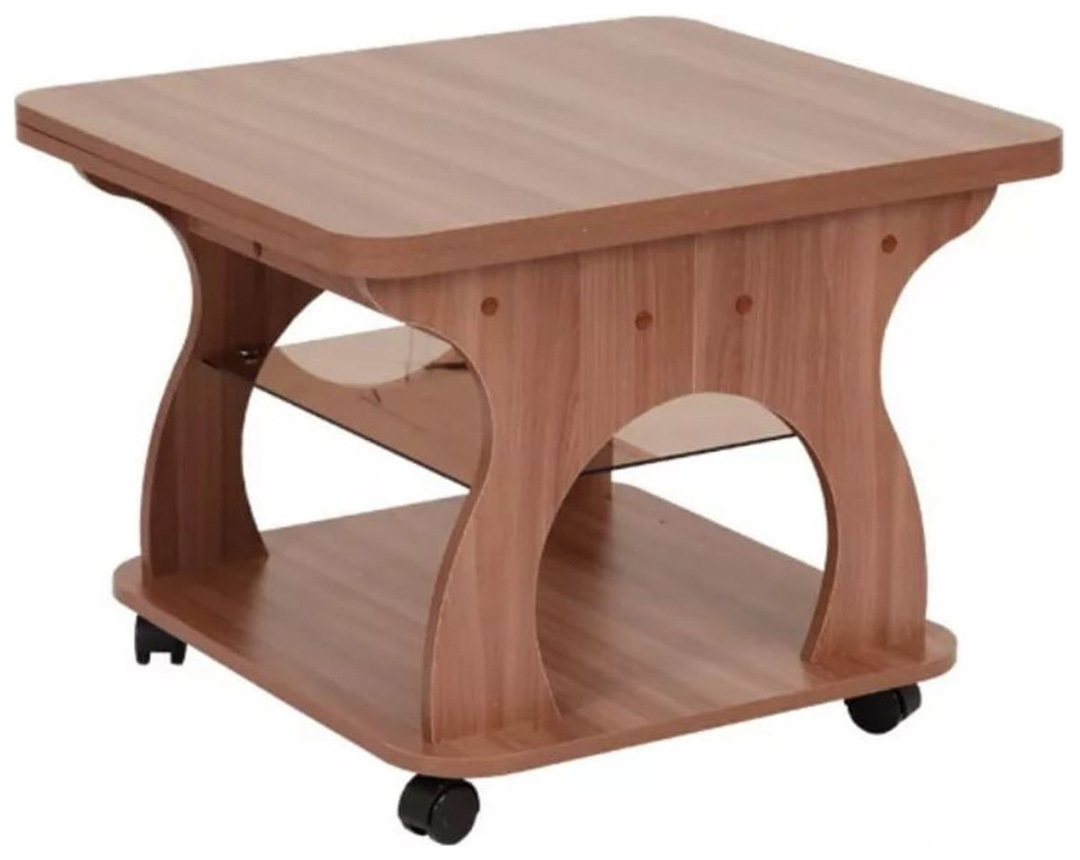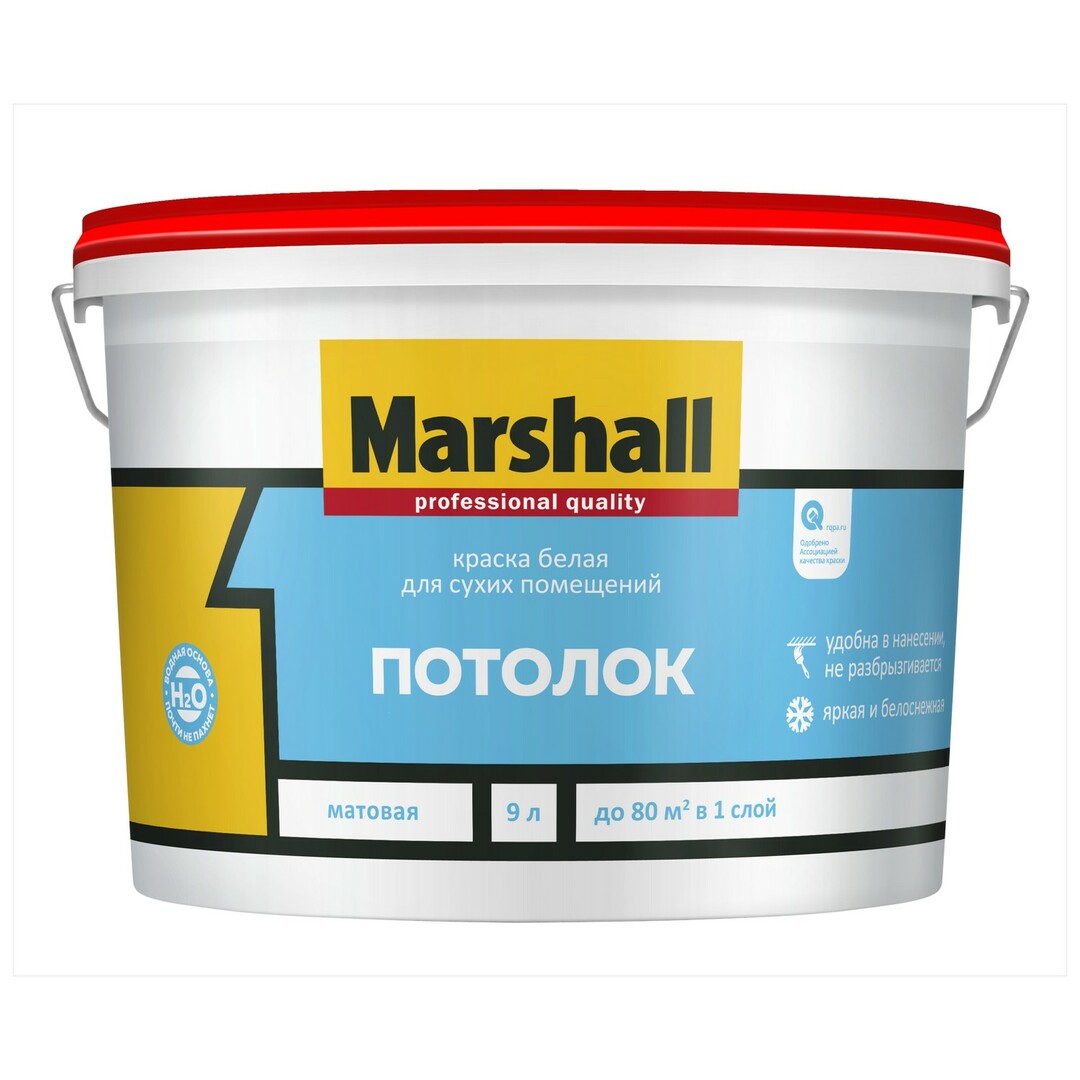fuel combustion in a furnace or hearth are removed from the premises via the chimney. Chimneys have a complex structure. To obtain the necessary traction is necessary not only to calculate their true height, conduct a competent installation of the chimney, but also to organize properly insulated. There is a wide range of insulation for the insulation of pipes of all types of furnaces and fireplaces.

Why insulation?
One of the important reasons - to ensure fire safety. The flue gases can be heated up to 400 degrees. Overheating often causes chimney fires. Therefore, it is particularly well isolated in places of contact with house constructions: ceilings, roofs, walls.
The second cause of warming chimney - the struggle with the condensate. Water vapor, impregnated with combustion products are cooled and deposited as a liquid resin on the inner walls of the chimney. Substance not only clogs the tube and reduces its permeability, but also corrodes its walls. Another negative consequence - an unpleasant smell, which penetrates into the living room from the chimney.
Condensation occurs particularly intensively in winter, when there is a large difference between the temperatures inside and outside of the chimney. This is one of the main causes of condensate. Therefore, the thermal insulation of the chimney - an important step that significantly extend its life.
The most popular types of heaters
Often insulation chimney made with their own hands. When focusing on the segment chimney, which is located outside the heated zone. That is carried out insulation of the chimney, which is located on the roof. On brick chimneys stuffed paste or a sheet heater, and for isolation of round metal tubes wood stoves used "sandwich" type construction. Most often used for insulating chimney stone and mineral wool, expanded polyethylene, kaolin tissue.
thermal
It is a molded polyethylene foam. Is produced in the form of pipes of different diameters may be used without any additional operations for cutting, winding, tying. Also sold in the form of sheets.

Advantages:
- no shrinkage;
- seamless;
- It does not absorb moisture;
- vapor permeability;
- long service life.
foil insulating
It may consist of two or three layers. One - polyethylene foam, and the second - foil. The third layer is made of either foil or polypropylene.

Advantages:
- light weight;
- high heat reflecting properties due to application of the foil;
- no moisture absorption;
- easy installation;
- safe for humans.
The cost is higher than that of the heat, but it is better and its protective properties.
Stone wool
Made on the basis of basalt fibers. The synthetic resin used as the fixing agent. Modern manufacturing techniques make the material as secure as possible.

Advantages:
- low thermal conductivity;
- fire resistance;
- long service life;
- high strength;
- good sound insulation properties.
fiberglass
Time-tested material. Made of cullet, as a raw material are the soda, sand, borax, limestone, dolomite - the same as that used for glass manufacture. The polymer components used as a binder for the fibrous material.
Advantages:
- It withstands temperatures up to 450 ° C;
- It has low thermal conductivity;
- high strength;
- good insulating properties;
- combustibility.
Kaolin
Natural material, which is produced in special fields. Another name - white clay. It is used as a non-combustible kaolin wool - insulation, which is suitable for all types of chimneys.

Advantages:
- It does not emit harmful substances during heating;
- refractory material;
- electrically insulating material;
- low thermal conductivity;
- resistance to high temperatures;
- high chemical resistance.
Recommendations made by the choice of insulation
There is a large variety of heat-insulating materials. The quality of a heater depends on its conductivity and thickness. The thicker the insulation and the lower its thermal conductivity, the better he will be isolated from the undesired heating or cooling. Choosing a heater, it is necessary to pay attention to the fire resistance, heat resistance, no toxic emissions when heated.
Kaolin wool has no competitors in the parameter fire. It does not take even an open fire. The only drawback - the high price.
Basalt, Mineral, glass wool - excellent thermal insulation heaters. They are not combustible. Produced earlier marks were not completely safe for humans. Claims caused as a binder - phenol-formaldehyde resin and friable solid fibers, minute particles which could be inhaled. It is believed that the modern methods of production have completely solved the security problem.
Tip! When installing insulation in several layers of overlap is necessary to put the heat insulator, avoiding overlap joints.
The most safe materials: thermal and foil insulating on the basis of polyethylene foam. They have a low thermal conductivity and easy to use. Foil insulating better reflects thermal radiation, so it is a bit expensive. Easy to install due to the shape of the product. It is enough to simply put on the insulated product securely fastened aluminum tape. Lack of material - low thermostability. Suitable for use at temperatures up to 170 ° C. Also there is no resistance to open fire.
How to make the installation of a heater with your hands
Installing insulation - procedure is not complicated, it is easy to do yourself. Before starting work, you need to understand what method of insulation is used. It depends on the type of chimney, building design and facilities that will be spent on thermal insulation chimney.
A reliable way of warming - bulk. Around the chimney is mounted a special box. It poured kaolin, expanded clay, sand, slag and other insulation materials. The method is highly reliable: structure obtained strong and durable. Used insulation non-flammable, resistant to high temperatures. Properties do not degrade over time, which allows you to securely insulate the chimney. The main drawback of ways - the complexity of large. Conduit is recommended to install at the stage of construction of the building. Otherwise you may need serious alterations that entail high costs.
Insulation, the type of "sandwich"
The most popular method of insulation of the chimney - "sandwich". Used roll or sheet products of basalt, glass or other mineral wool. "Sandwich" is formed as follows: the lower layer - the chimney itself, outside - additional sheet iron, "filling" - a layer of insulation. The gap is necessary to choose the order of 4-5 cm. That is, the diameter of the outer pipe should be 8-10 cm larger than the inner diameter.

The order of actions when using the following:
- Pre-assembly of the vertical portion.
- Near the assembled chimney insulation decomposes, it is desirable that the length of the roll coincides with its height.
- The chimney must be put on top of the heater.
- The heat insulating material is fixed with adhesive tape. One edge is fixed prior to placing the entire structure in a large diameter tube, which will become an outer layer "sandwich". The other end - when all the chimney will be placed into a wide pipe.
- The last stage - the installation of the chimney. It is necessary to fix it to the wall, make the junction with the roof on the roof.
Tip! Secure mounting chimney provided special brackets. They may be packaged, purchased separately, independently made from the corner.
Also, mineral wool can be attached to the chimney via a wire or metallized tape. But in this case it is necessary to close the outer layer is not flammable. Can use roofing material, refractory cloth, aluminum foil for wrapping. Protection outside help extend the life of the heater.
The use of polymeric materials as insulation
Form with insulating products made of plastics, including polyethylene foam, allows easily to install insulation.
Separable design called "shell" because it tightly fits the chimney. Its main advantage - the ease of installation. Well suited for insulation of round metal chimney. Disadvantages include the need for individual selection of articles on the diameter of the chimney.
It is producing a "shell" of polyurethane foam and it is not suitable for chimneys, as can not withstand temperatures above 100 ° C. Similar articles of foamed polyethylene used at temperatures up to 170-180 ° C. If the material used basalt or mineral wool, such a product can withstand heat up to 400-450 ° C.

waterproofing
To insulation is not exposed to rain and was protected from the negative effects of the environment, it is necessary to install waterproofing. It is mounted on top of the roofing material and the roof is an apron of waterproof material. After fastening the waterproofing All joints must be carefully fluff bitumen, liquid rubber or silicone sealant. There are other ways of waterproofing.

fire-resistant insulation
Heating flues to high temperatures causes further requirements for their structure. Especially true for chimneys organized in wooden houses. All points of contact with the building design requires carefully insulated to avoid overheating and ignition.
For insulation fit all the methods described above. They can add insulation using asbestos cloth or cardboard. Reduce the fire hazard use asbestos pipes, the apparatus of ceramic flues. Radical solutions to the problem: the withdrawal chimney outside and use the tube of red firebrick.
Thermal insulation brick chimneys
Even if the pipe is made of refractory brick red, then it will still need to insulate. The easiest, quickest and surest way - plastering. Apply 3 to 5 layers of plaster, wherein the total thickness should be about 40 mm. To layers held tightly superimposed extra reinforcing elements. They are installed separately on each layer of plaster.

To insulate brick chimney with mineral wool, it is mounted on purlins from a metal profile or wooden beams. The sheet heater is installed tightly enough to eliminate any gaps. Wool coated with a vapor barrier, an adhesive tape is glued joints. The final stage - finishing. You can apply the plaster or sew a polymeric siding.
Whatever may seem simple activities chimney insulation, previously should carefully examine all the necessary information. It is necessary to pay more attention to the choice of a heat insulator. Is required in advance to consider the order of execution of works and prepare the tools, materials and arrange access to the chimney or to the place of its installation.



